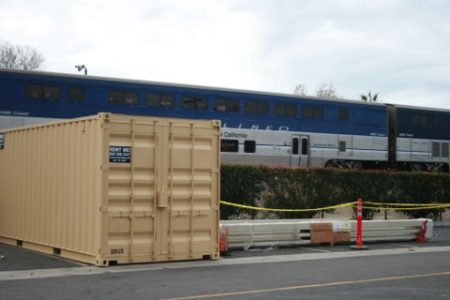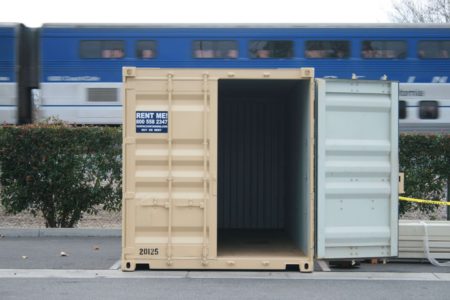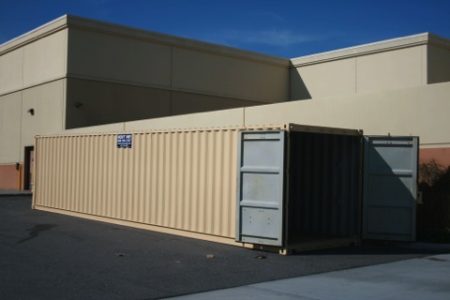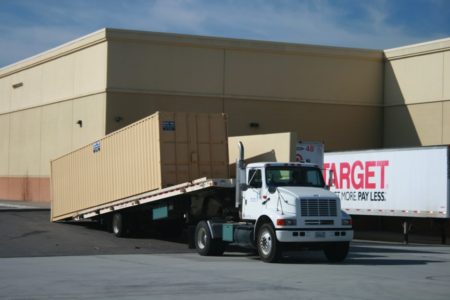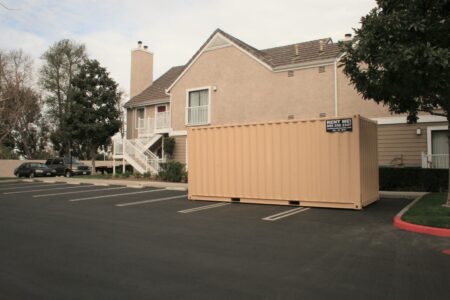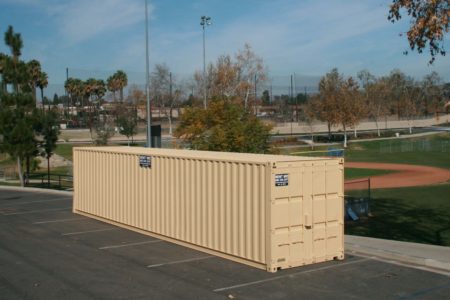By Mike Van Ruth
Sun Pac Storage Containers is in business to provide our customers with on-site, secure storage solutions. But as we all know, no security solution is foolproof. After a break-in of a container, it is interesting to analyze all the circumstances around the break-in and theft. This analysis has brought us to a couple conclusions. Criminals will conduct a theft based on two situations: ease of the opportunity and the amount of time allowed, and how badly they want the contents.
These conclusions come from studying the methods used to break into a container and the job site as a whole. When analyzing the aftermath of job site break-ins, the most common are the weekend break-ins. There is the weekend break-in where every container on the site was broken into, and there is the weekend break-in where only one or two containers are broken into of all the containers on the entire site. By studying the way the container was broken into, many times the amount of damage done to the container leads us to believe that the criminal really wanted what was in the container—badly. This is in direct contrast to other situations where there was an attempted break in, but for some reason it was taking too long and the criminal decided to move on to another container.
Criminals look for the easiest “score,” weighing out the risks and payoff of a target. The only way the criminal would know what is in the container is if they had seen into the container prior to the break-in. Customers that have unfortunately been stolen from have told us that even with multiple containers on a job site, the only container that got broken into was the one with their valuable materials inside. So we got to thinking: How could these thefts be prevented?
The easiest way to prevent a criminal from seeing into a container, “casing it out” to determine the worth of the contents inside, would be to keep the doors shut when the container is not actively being used. When the container is left alone during construction hours, we advise the customer to keep the doors closed. Locking the day chain, or even locking the doors when not inside the container, would be more ideal, but closing the doors would be a simple theft-prevention solution. People who would commit these crimes do not want to take the risk of breaking into a container when they do not know what is inside. Criminals are always going to exist, but the losses incurred can be reduced with simple mindfulness and awareness on a job site.







